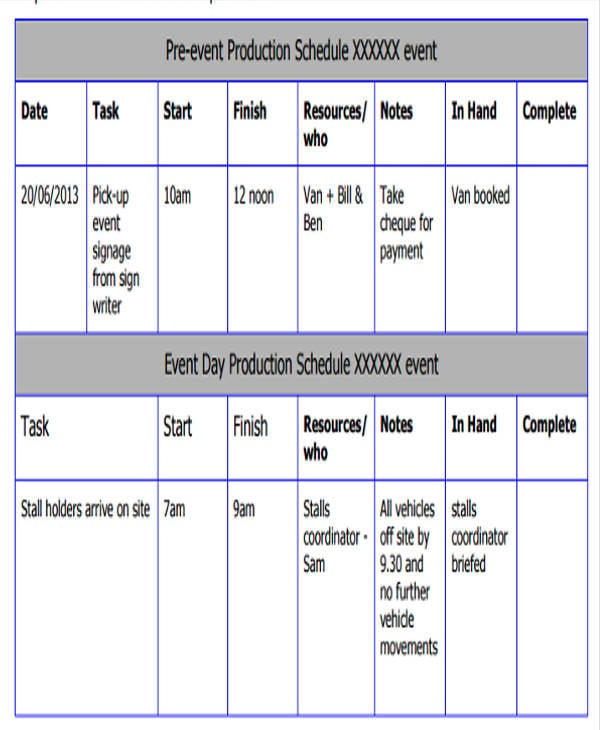Crucial Strategies for Maximizing the Lifespan of The LED Display
Wiki Article
Light Emitting Diode screens are becoming progressively popular for multiple applications, from advertising to leisure. To guarantee that these displays operate efficiently over time, it is crucial to implement strategies that maximize their durability. Understanding the factors that affect the durability of Light Emitting Diode walls can help operators maintain their functionality and prevent unnecessary substitutions.
One of the main factors that can extend the lifespan of an LED wall is appropriate setup. It is crucial to have a skilled team handle the installation procedure to guarantee all components are correctly attached. Poor installation can result in power issues or physical damage. Additionally, the placement of the Light Emitting Diode wall should consider surrounding conditions such as sunlight exposure and moisture levels. A well-installed screen in a proper location will minimize the risk of damage caused by outside factors.

Routine maintenance is another crucial tactic to prolong the life of an Light Emitting Diode screen. This includes routine checks to monitor for any signs of deterioration or malfunction. Dust and dirt can build up on the top of the LED panels, impacting luminosity and hue quality. Cleaning the screens with appropriate cleaners will assist maintain optimal visibility. It is also important to check the components behind the display, ensuring that all connections are tight and that there are no heat issues, which can greatly shorten the lifespan of the components.
Power control plays a crucial role in improving the longevity of an LED wall. Excess voltage or unstable electricity supply can harm the internal circuitry. To prevent this, using a high-quality power supply and putting in place overvoltage protection strategies is recommended. Additionally, adjusting the display to function at reduced luminosity levels when intense luminosity is not required can reduce wear on the LEDs. This not only extends the lifespan of the wall look what i found but also saves power, making it a economical option.
In addition, software management can influence the performance of LED walls. Consistently refreshing the program that operates the screen guarantees that it operates smoothly and includes any necessary security patches. Old program can result in functionality issues and may put the setup to risks. Proper timing of programming can also assist with overseeing the demand of the screen, permitting it to idle during off-peak hours, which can contribute to a longer lifespan.
In conclusion, extending the durability of an LED screen involves a mix of appropriate installation, routine upkeep, effective electric management, and diligent software management. By concentrating on these essential strategies, operators can ensure that their LED screens stay functional and aesthetically appealing for many seasons. Taking proactive measures will not only enhance the performance of the LED screen but also provide a better yield on investment over the years.